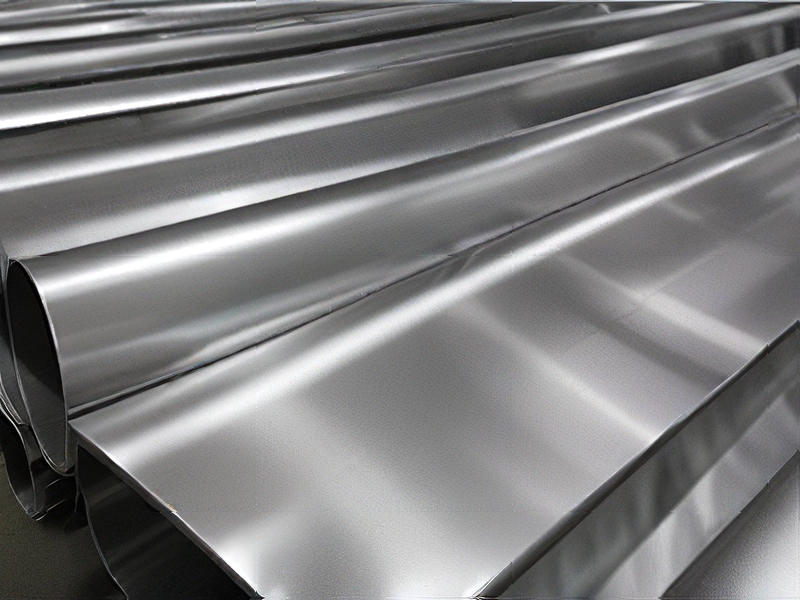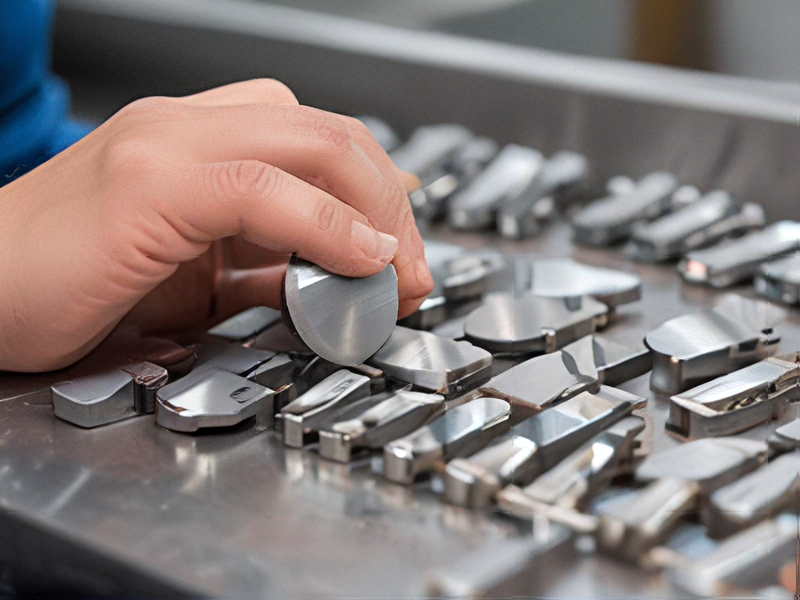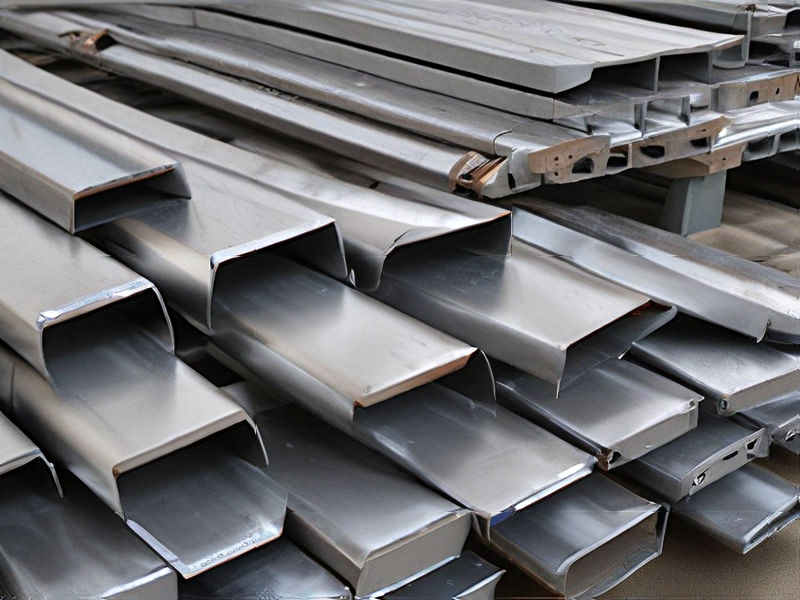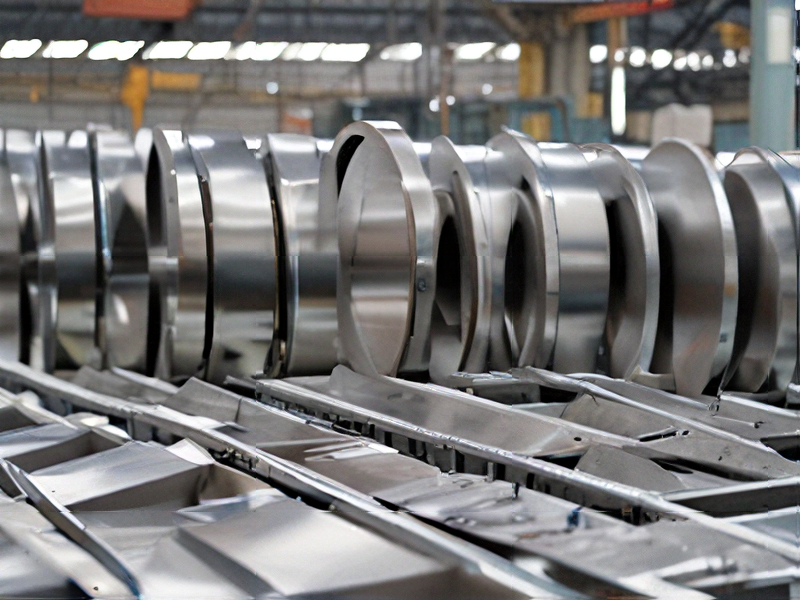Technology and Applications of stainless steel metal fabrication
Stainless steel metal fabrication involves the shaping, cutting, and assembling of stainless steel into various products and components. This process is vital in numerous industries due to the material’s unique properties, such as corrosion resistance, strength, and aesthetic appeal.
Technology in Stainless Steel Fabrication:
1. Cutting: Advanced techniques like laser cutting, plasma cutting, and water jet cutting are employed for precise and efficient cutting of stainless steel. Laser cutting is particularly favored for its accuracy and ability to handle complex designs.
2. Forming: Processes such as bending, rolling, and stamping are used to shape stainless steel. CNC (Computer Numerical Control) machines enhance precision in forming operations, ensuring consistent and accurate results.
3. Welding: Techniques like TIG (Tungsten Inert Gas) welding and MIG (Metal Inert Gas) welding are commonly used due to their ability to produce strong, clean welds. Robotic welding systems increase efficiency and repeatability in industrial applications.
4. Finishing: Surface treatments such as polishing, passivation, and coating improve the durability and appearance of stainless steel products. Electrochemical polishing is notable for its ability to produce a high-gloss finish.
Applications of Stainless Steel Fabrication:
1. Construction: Stainless steel is widely used in architectural elements, structural components, and building facades due to its strength and resistance to environmental factors.
2. Automotive and Aerospace: The material’s strength-to-weight ratio and resistance to heat make it ideal for parts like exhaust systems, engine components, and aircraft structures.
3. Medical Devices: Stainless steel’s biocompatibility and ease of sterilization are crucial for surgical instruments, implants, and medical equipment.
4. Food and Beverage: Its non-reactive nature ensures that stainless steel is essential in food processing, storage tanks, and kitchen appliances, maintaining hygiene and safety standards.
5. Energy: In power generation and petrochemical industries, stainless steel is used for piping, heat exchangers, and storage tanks due to its ability to withstand high temperatures and corrosive environments.
In summary, advancements in fabrication technologies have significantly enhanced the efficiency, precision, and scope of stainless steel applications across various industries.

Quality Testing Methods for stainless steel metal fabrication and how to control quality
Quality testing methods for stainless steel metal fabrication typically include:
1. Visual Inspection: Examining surface finish, weld appearance, and dimensional accuracy against specifications.
2. Dimensional Checks: Using calipers, micrometers, or gauges to verify dimensions such as length, width, and thickness.
3. Mechanical Testing: Conducting tests like tensile strength, hardness testing (Rockwell, Brinell), and impact testing to ensure material strength meets requirements.
4. Chemical Analysis: Verifying alloy composition using techniques such as X-ray fluorescence (XRF) or optical emission spectrometry (OES).
5. Non-Destructive Testing (NDT): Utilizing methods like ultrasonic testing (UT), dye penetrant inspection (DPI), or magnetic particle inspection (MPI) to detect flaws without damaging the material.
To control quality effectively:
– Establish Standards: Define clear quality standards and specifications for materials, processes, and finished products.
– Training and Certification: Ensure personnel are trained in quality control procedures and certified where applicable.
– Process Controls: Implement procedures to monitor and control each stage of fabrication, from raw material inspection to final finishing.
– Regular Audits: Conduct periodic audits and inspections to verify compliance with quality standards.
– Corrective Actions: Implement procedures to address non-conformities promptly, identifying root causes and implementing corrective actions to prevent recurrence.
By integrating these methods and controls, stainless steel fabricators can ensure consistent quality throughout the manufacturing process.

Tips for Procurement and Considerations when Purchasing from stainless steel metal fabrication
When purchasing stainless steel metal fabrication services, several key considerations can ensure you make an informed decision:
1. Material Quality and Grade: Specify the grade of stainless steel required (e.g., 304, 316) based on your project’s environmental and durability needs.
2. Capabilities and Expertise: Assess the fabrication company’s experience with stainless steel and their ability to handle your specific design requirements, such as welding, polishing, or forming.
3. Quality Assurance: Inquire about their quality control measures, certifications (ISO, AS9100), and previous client references to gauge their reliability and consistency.
4. Cost and Value: Compare quotes while considering not just the initial cost but also factors like long-term durability and maintenance requirements of stainless steel.
5. Lead Times and Flexibility: Ensure their production schedule aligns with your project timeline and discuss flexibility in case of changes or rush orders.
6. Customization Options: Determine if they can accommodate custom designs, sizes, or finishes to meet your project specifications.
7. Location and Logistics: Consider proximity to your location to minimize shipping costs and logistical complications, especially for larger fabricated pieces.
8. Environmental and Ethical Practices: Verify their environmental policies and commitment to sustainable manufacturing practices, if relevant to your organizational values.
9. After-Sales Support: Inquire about warranties, maintenance services, and their responsiveness to any post-installation issues or concerns.
10. Communication and Collaboration: Establish clear channels of communication and ensure they understand your project goals and expectations from the outset.
By addressing these factors systematically, you can select a stainless steel metal fabrication provider that not only meets your technical requirements but also aligns with your budget and project timeline effectively.

FAQs on Sourcing and Manufacturing from stainless steel metal fabrication in China
FAQs on Sourcing and Manufacturing from Stainless Steel Metal Fabrication in China
1. Why source stainless steel fabrication from China?
China offers competitive pricing, advanced manufacturing capabilities, and a wide range of suppliers. The country’s extensive industrial base and skilled workforce ensure high-quality production.
2. How do I find reliable suppliers?
Use platforms like Alibaba, Global Sources, and Made-in-China. Verify suppliers through third-party audits, factory visits, and by checking certifications like ISO 9001.
3. What are the common stainless steel grades used?
The most common grades are 304 and 316. Grade 304 is widely used due to its excellent corrosion resistance, while 316 offers better resistance to chlorides and acidic environments.
4. What manufacturing processes are available?
Processes include laser cutting, CNC machining, welding, stamping, and finishing (polishing, painting). Chinese manufacturers often provide end-to-end solutions, including design assistance and prototyping.
5. What are the quality control measures?
Ensure suppliers have stringent quality control protocols, including material inspection, in-process checks, and final inspections. Request test reports and certifications for materials and products.
6. How do I manage communication and project timelines?
Clear, concise communication is crucial. Use detailed drawings, specifications, and regular updates via email or project management tools. Establish realistic timelines and monitor progress closely.
7. What are the payment terms?
Common terms include a deposit (30-50%) before production and the balance upon completion or before shipment. Letters of Credit (L/C) and escrow services can offer additional security.
8. How do I handle shipping and logistics?
Work with experienced freight forwarders to manage shipping. Ensure proper packaging to protect goods during transit and understand import regulations and duties in your country.
9. What are the potential risks?
Risks include quality issues, communication barriers, and delays. Mitigate these by choosing reputable suppliers, establishing clear contracts, and maintaining regular oversight throughout the production process.
10. How can I ensure sustainability and ethical practices?
Select suppliers with certifications like ISO 14001 (environmental management) and SA8000 (social accountability). Conduct regular audits to ensure compliance with ethical and environmental standards.

